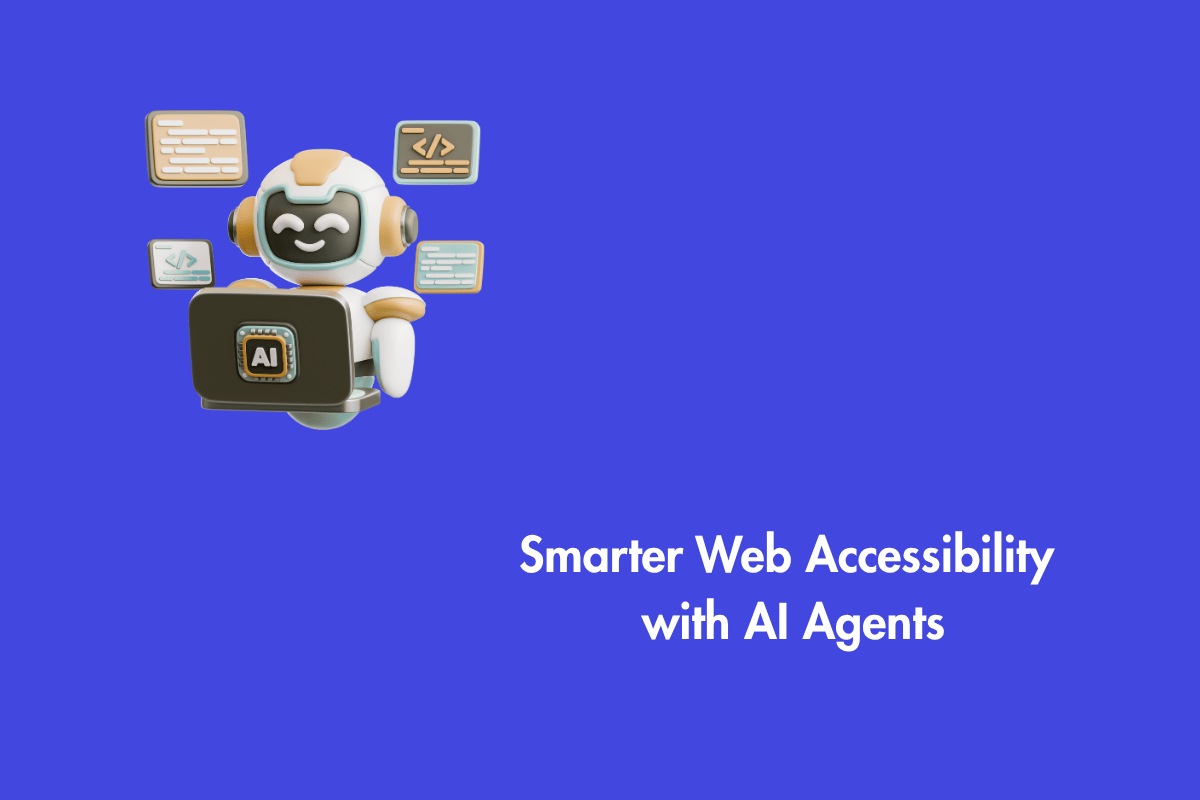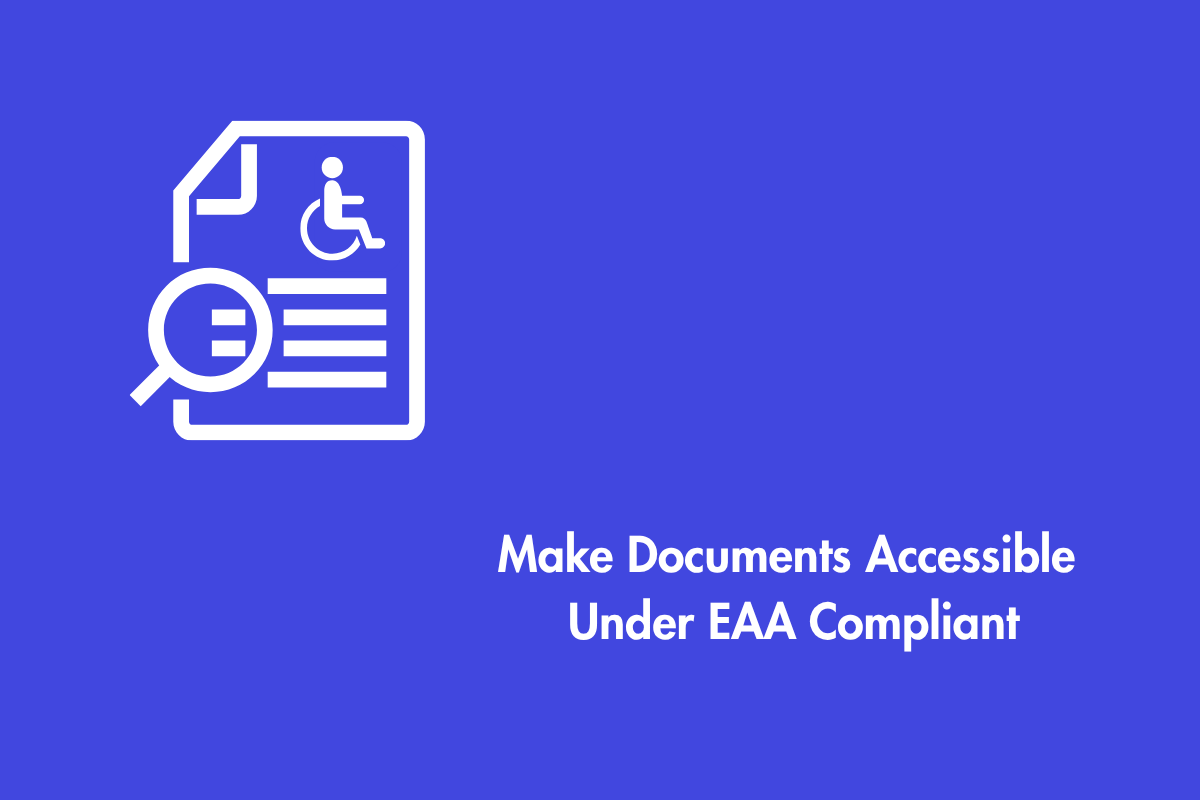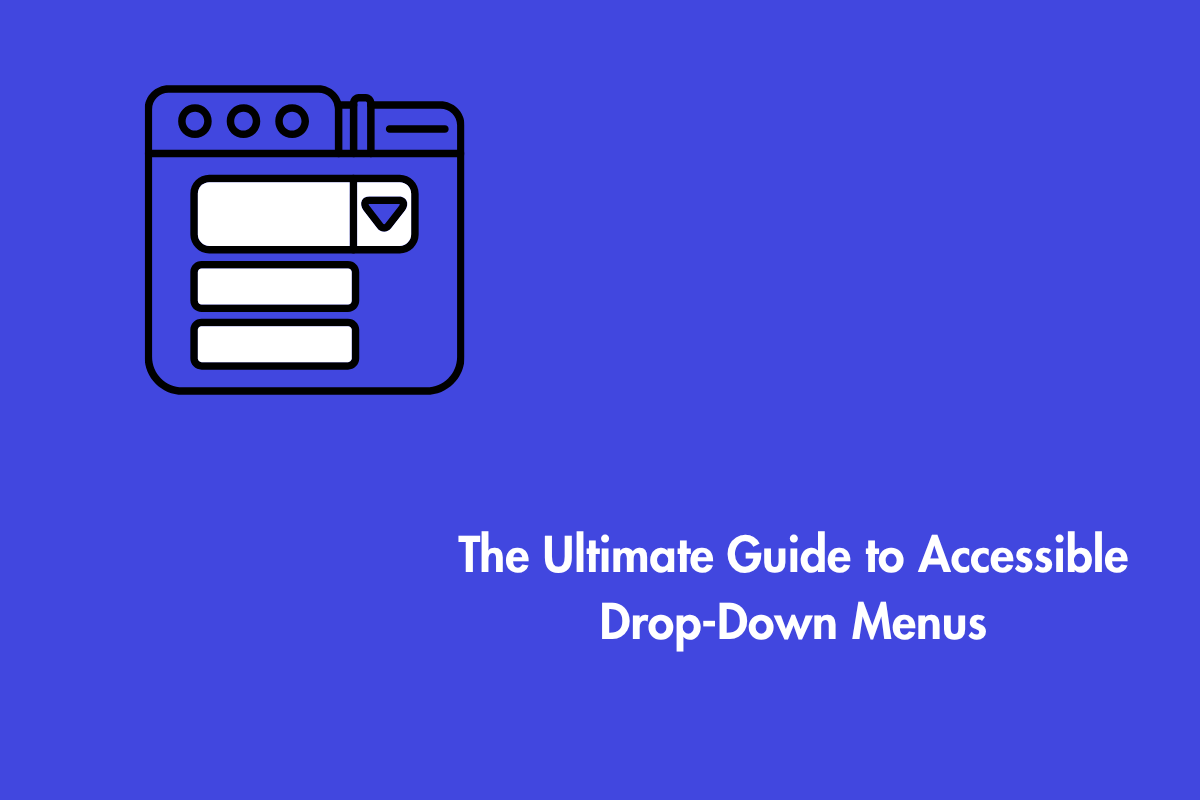Virtual conferences enable global cooperation and communication, particularly during the epidemic. Accessible virtual meetings are crucial for ensuring every voice is heard, especially for employees and people with disabilities. Stanford University’s 2023 poll revealed that 27% of full-time American employees worked from home. Digital communication technology, such as Zoom and Google Meet, can facilitate accessible online meetings.
Virtual meetings offer collaboration, flexibility, cost-effectiveness, and convenience but can also pose challenges for those with impairments. Accessibility is essential for creating products, services, and locations that benefit users with diverse abilities and enhance usability, quality, and user experience. This article provides best practices and recommendations for setting up and running inclusive virtual meetings.
Table of Contents
Best Practice to set up Inclusive Virtual Meetings
1. Know Your Audience
The first step to creating and conducting accessible virtual meetings is to know your audience. Once you clearly understand your audience’s needs and preferences, you can start identifying the barriers they may face to participating in your meeting.
You can start by:
- Conduct a survey or a poll before the meeting to gather information about your attendees’ demographics, abilities, devices, software, internet connection, and accessibility requirements.
- Providing multiple ways to register for the meeting and a way to communicate with you.
- Take feedback from your attendees seriously and identify areas to improve accessibility
2. Choose an Accessible Platform
The second step to creating and conducting accessible virtual meetings is to choose an accessible platform. An accessible platform should have:
- Widely accessible across various devices, operating systems, browsers, screen readers, and speech recognition software.
- Support for keyboard accessibility, captions, alt-text, captions, and accessibility options for multimedia content
- Customize font size, color contrast, volume, speed, and audio settings for users’ preferences while maintaining clear navigation.
Some examples of accessible platforms for virtual meetings are Zoom, Microsoft Teams, Google Meet, Webex, Skype, etc. You can compare the accessibility features of different platforms by using the Accessibility Features Comparison Chart resource.
3. Provide Multiple Ways of Communication
The third step to creating and conducting accessible virtual meetings is providing multiple communication methods. Communication is essential for any meeting, especially virtual meetings where visual cues and body language are limited or absent. Providing multiple ways of communication will ensure that everyone can express themselves and understand others effectively.
Some of the methods of communication you can provide are:
- Audio: Virtual meetings primarily use audio for communication but may not be accessible for individuals with speech or hearing impairments. Alternatives like captions, transcripts, or sign language interpretation are recommended. Ensure consistent audio quality and minimize background noise.
- Video: Video communication enhances engagement but may pose challenges for people with low vision, blindness, or cognitive impairments. Alternatives like text, descriptions, or audio narration should be provided while maintaining high quality and adequate lighting and contrast.
- Text: Text communication allows users to type and read messages using keyboards or touch screens. It can be synchronous or asynchronous and may not be accessible for people with hearing or speech impairments. Alternative methods like voice input, output, or recognition should be provided. Text size, font, color, and spacing should be adjustable and readable.
Providing multiple ways of communication will allow your attendees to choose the most comfortable and convenient way for them to communicate in your virtual meeting. It would help if you also encouraged your attendees to use respectful and inclusive language, avoid jargon and acronyms, speak clearly and slowly, repeat or summarize essential points, ask questions and provide feedback, and acknowledge and address any communication issues or misunderstandings that may arise during the meeting.
4. Create and Share Accessible Documents
To create and conduct accessible virtual meetings, create and share accessible documents in popular formats like PDF, Word, and PowerPoint. However, not all documents are accessible to people with disabilities, especially those using assistive technologies. To ensure accessibility, follow best practices, such as using:
Accessible Formats
Select a format that supports accessibility features for various devices and software, such as PDF, using PDF/UA or Section 508 guidelines for structured and accessible documents.
Accessible Tools
Tools like Microsoft Office’s Accessibility Checker to create, edit, and verify document accessibility.
Accessible Designs
Design with simplicity, clarity, consistency, and contrast, using organized elements, easy-to-read fonts, non-text content alternatives, interactive links, and labels, and avoid flashing or moving content for a better user experience.
Accessible Documents
Use secure methods for attendees to access and view documents, including accessibility features, encryption, and compression techniques to reduce file size and loading time.
Creating and sharing accessible documents will ensure attendees can access and understand your content without barriers or difficulties. You should also provide multiple formats of your documents for different devices and preferences. For example, you can deliver PDF versions for printing or downloading, Word versions for editing or commenting, PowerPoint versions for presenting or viewing; etc.
5. Follow Universal Design Principles
Universal design principles are essential for creating accessible virtual meetings that cater to all users, regardless of their abilities, preferences, situations, cultures, or languages. These principles aim to create products, services, and environments that everyone can use without needing adaptation or specialized design.
- Universal design principles emphasize adaptability and simplicity.
- Size and space for approach and use should ensure clear sight and comfortable reach and accommodate hand and grip variations.
- Ensure the accessibility, usability, and enjoyment of virtual meetings by involving attendees.
6. Test and Evaluate Your Meeting
Testing and evaluating your meeting will help you identify any accessibility issues or gaps affecting your attendees’ experience and satisfaction. Here is how you can do it:
- Use accessibility tools like WAVE, CCA, and NoCoffee Vision Simulator to assess platform, document, audio, video, text, and other content accessibility. These tools ensure compatibility with different visual impairments and user-friendly content.
- Using assistive technologies to simulate content perception and usage for individuals with disabilities.
- Utilize user testing methods to gather feedback from diverse users, including surveys, interviews, and usability tests, and recruit them from online platforms, communities, and organizations.
Testing and evaluating will help you improve the accessibility and quality of your meeting. You should also regularly monitor and update your meeting, as accessibility is not a one-time event but an ongoing process.
Wrapping up
Creating and conducting accessible virtual meetings is greatly beneficial to all users. It also enhances engagement, productivity, and satisfaction among users. As more companies are moving towards creating hybrid work or remote work models for their employees. Creating accessible virtual meetings will just be the perfect icing on the cake.
Hopefully, our blog helped you understand the importance and outcome of using inclusive virtual meetings. Always remember that accessibility is the way forward and the best decision for your organization. If your business needs assistance with digital accessibility, AEL Data can assist with accessibility audits, consulting, training, and the development of an accessibility policy.
Let’s talk. info@aeldata.com



